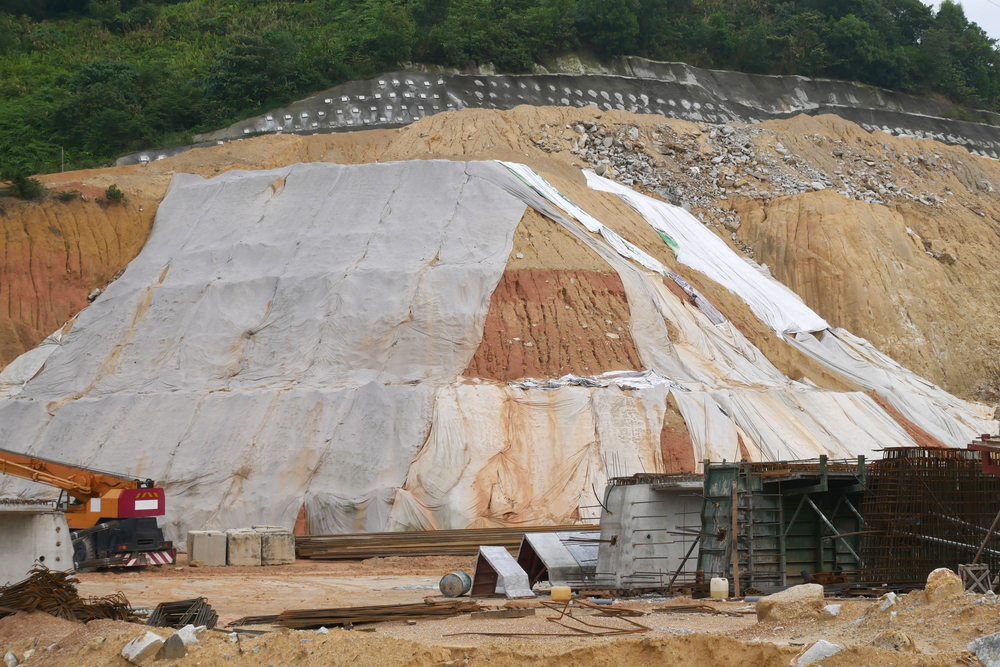For any kind of stormwater management setup on a construction site around Utah, the identification and implementation of best management practices (BMPs) is a key part of the process. BMPs help ensure that physical steps are taken to reduce the amount of pollutants that enter the stormwater runoff, as well as minimize potential erosion. These practices are designed to prevent damage to natural resources and maintain water quality.
At Cearley SWPPP, we're proud to offer the very best SWPPP services around Utah, including a wide range of BMPs that include everything from erosion control services and storm drain protection to many other key areas. Here are five especially vital BMPs that should often be incorporated into SWPPP services for Utah construction sites, plus the basics and value behind each of them.

Let's begin with one of the broadest possible BMPs, one that actually contains several different sub-categories: Erosion control. This is a broad term that refers to the use of various materials and methods to prevent, slow down or otherwise mitigate soil erosion on construction sites.
There are many areas where erosion control can be used, but some common examples include:
Other methods of erosion control may include using erosion control mats, which are made of biodegradable materials and help stabilize soil on sloped areas.
Both for erosion control purposes and several other important reasons, preserving existing vegetation is another crucial BMP for Utah construction sites in their stormwater management efforts.
Vegetation intercepts rainfall and helps slow down runoff, allowing it to infiltrate into the ground instead of causing erosion. It also provides a natural filter for pollutants and helps maintain soil stability. Additionally, preserving existing vegetation can help reduce the amount of disturbed land on a construction site, which in turn reduces the potential for erosion.
Some BMPs are actually conceptual in nature, and a good example here is the use of construction phasing. Construction phasing refers to the process of implementing different stages or phases of a construction project in order to minimize its impact on the environment. Breaking down large projects into smaller phases allows for more careful planning and implementation of erosion control measures.
For instance, you might split up any grading needs on a given site into smaller sections. This would not only make the process more manageable for contractors and equipment operators, but it also allows for better control of sediment runoff by implementing BMPs such as silt fences or erosion control blankets in each phase.
Another benefit of construction phasing is that it helps with stormwater management. By breaking down a project into smaller phases, you can design specific stormwater management strategies for each phase based on topography and drainage patterns. This ensures that each phase is effectively managing stormwater runoff and reducing potential impacts on nearby water bodies.
No list of vital construction site stormwater BMPs is complete without mention of storm drain inlet protection. Without this crucial protection measure, sediment and other pollutants can easily enter storm drains and contaminate nearby water bodies.
Storm drain inlet protection comes in various forms, including catch basin filters, fiber rolls, straw wattles, and more. These devices are designed to intercept sediment and debris before they enter the stormwater drainage system. They are simple to install and should be placed at all storm drain inlets on a construction site.
Finally, another set of crucial BMPs for construction sites is the use of construction entrance controls. Construction entrances are designated areas where vehicles must enter and exit the site. These entrances can become a major source of sediment and pollutants if not properly managed.
To prevent this, construction entrance controls should be implemented to reduce the tracking of sediment onto roadways and adjacent properties. These controls typically include stabilized construction entrances, rock pads, tire wash stations, and street sweeping on a regular basis. These measures not only protect nearby water bodies but also ensure that construction vehicles have safe and stable access to the site.
At Cearley SWPPP, we're here to help with these and all other relevant BMPs for your Utah construction site. Contact us today to learn more about how we can assist you in creating and implementing an effective stormwater pollution prevention plan.